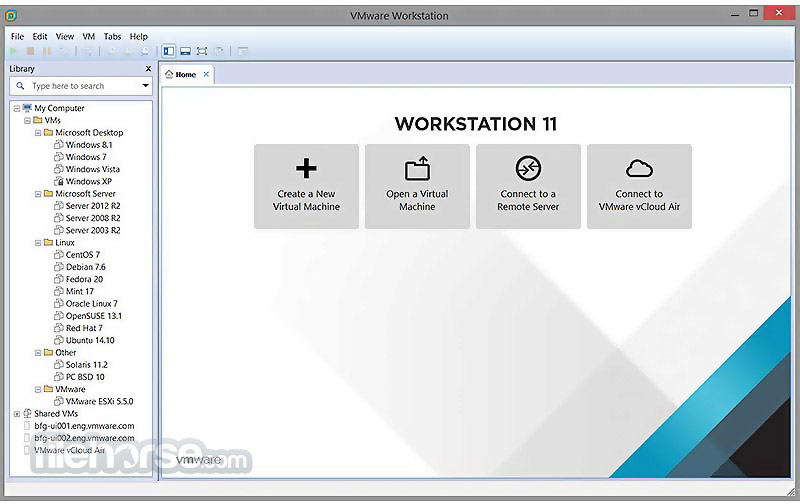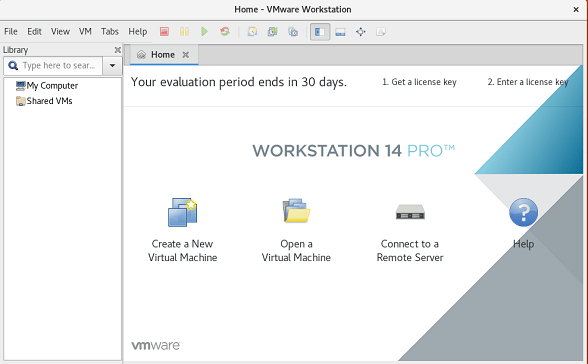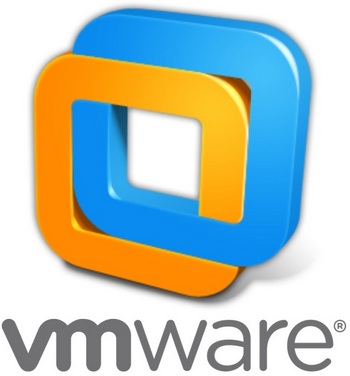


Total VMware home lab hardware and software requirements are based on the following minimum requirements: Below you can see a principal scheme of a VMware home lab to be deployed. In order to learn how to build VMware home lab, you need to understand how it is structured. Lubuntu 16 Linux for installing on a nested VM.FreeNAS 11.2 for creating an iSCSI shared storage (1 VM).VMware vCenter Server 6.7 (1 VM, deployed as a virtual appliance).VMware ESXi Server 6.7 as a VM (2 VMs total).VMware Workstation 15 is used as a desktop hypervisor.The following software is used for the VMware home lab explained in today’s blog post: To be able to work comfortably with the VMware home lab you need to have a computer that meets the the VMware home lab hardware requirements: 32 GB of RAM, a multicore 圆4 CPU with 1.3 GHz or faster core speed (produced in 2011 or later) that supports Intel VT-x or AMD-V virtualization hardware extensions, a hard disk drive (HDD) with about 200 GB of free space (SSD is preferred due to a higher read/write speed), Ethernet network adapter, Linux or Windows 圆4 operating system (with GUI) installed on your physical machine. In this particular case you can deploy a VM on an ESXi host running on a VM. Hence, you can create a VM running inside a VM. Moreover, VMware provides a nested virtualization feature.

VMware Workstation is used in today’s blog post for deploying ESXi hosts as virtual machines. Hardware Configuration for a VMware Home Lab Technically, ESXi can be installed on your physical computer but you may need to integrate a VIB package into the ESXi installation disk image if the ESXi installer cannot detect some devices (VIB packages contain device drivers for ESXi).ĭesigned for businesses of all sizes, NAKIVO Backup & Replication offers complete data protection for all of your production workloads, including VMware vSphere Backup, Hyper-V Backup, Microsoft 365 cloud data backup and more. Not every user has a free physical server or servers in the inventory on which to try an ESXi and VMware vSphere enterprise grade virtualization solution. Type 2 hypervisors such as VMware Player, Workstation or Fusion are usually more affordable for users and IT enthusiasts than the type 1 hypervisor (ESXi Server). VMware type 2 hypervisors can be installed on existing operating systems running on desktops and laptops while the type 1 hypervisor can be installed directly on physical servers (a bare metal hypervisor).

The number of VMware users is growing every day – VMware provides virtualization solutions for both home and enterprise-level users which satisfy all of them. VMware is one of the best virtualization platforms in the world, popular among IT specialists due to its ability to provide high speed operations, reliability, scalability, security and convenience. By Michael Bose Building VMware Home Lab: Complete How-To


 0 kommentar(er)
0 kommentar(er)
